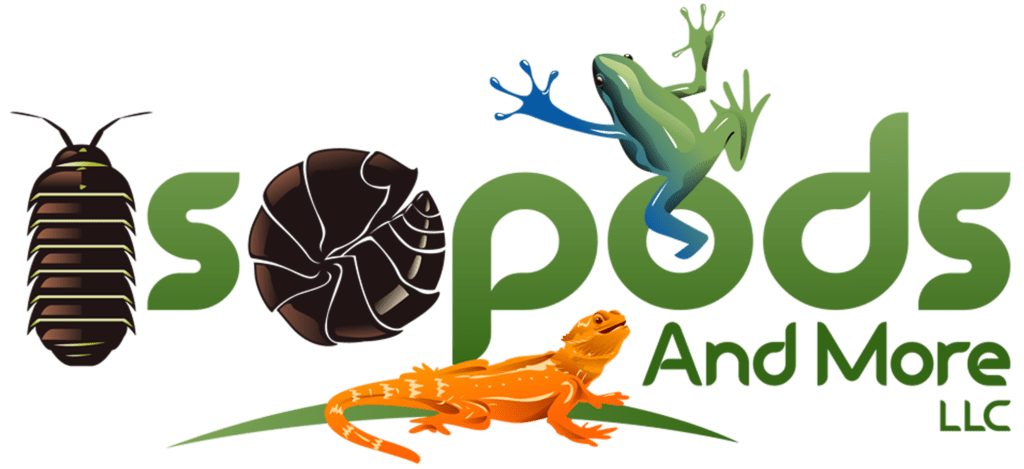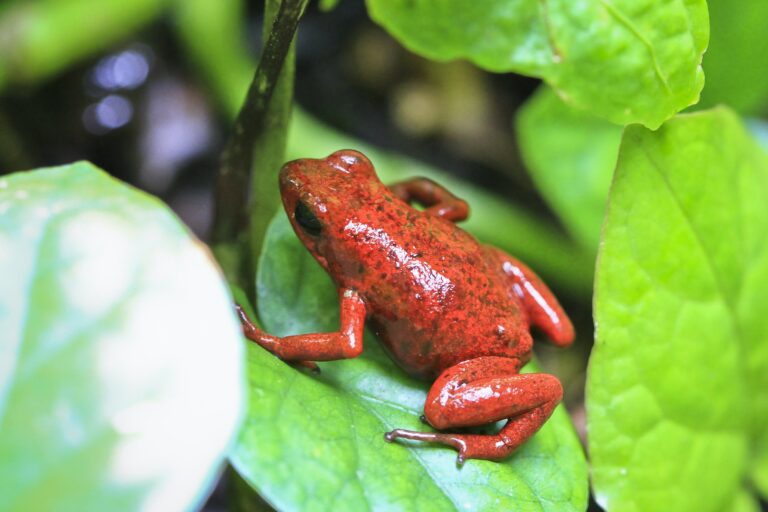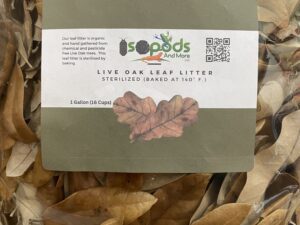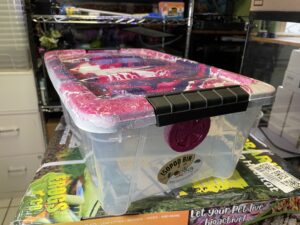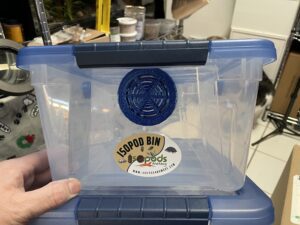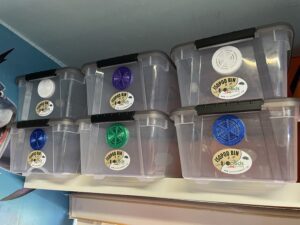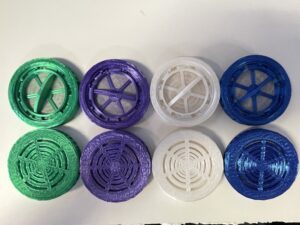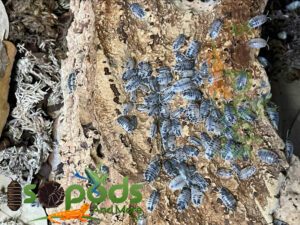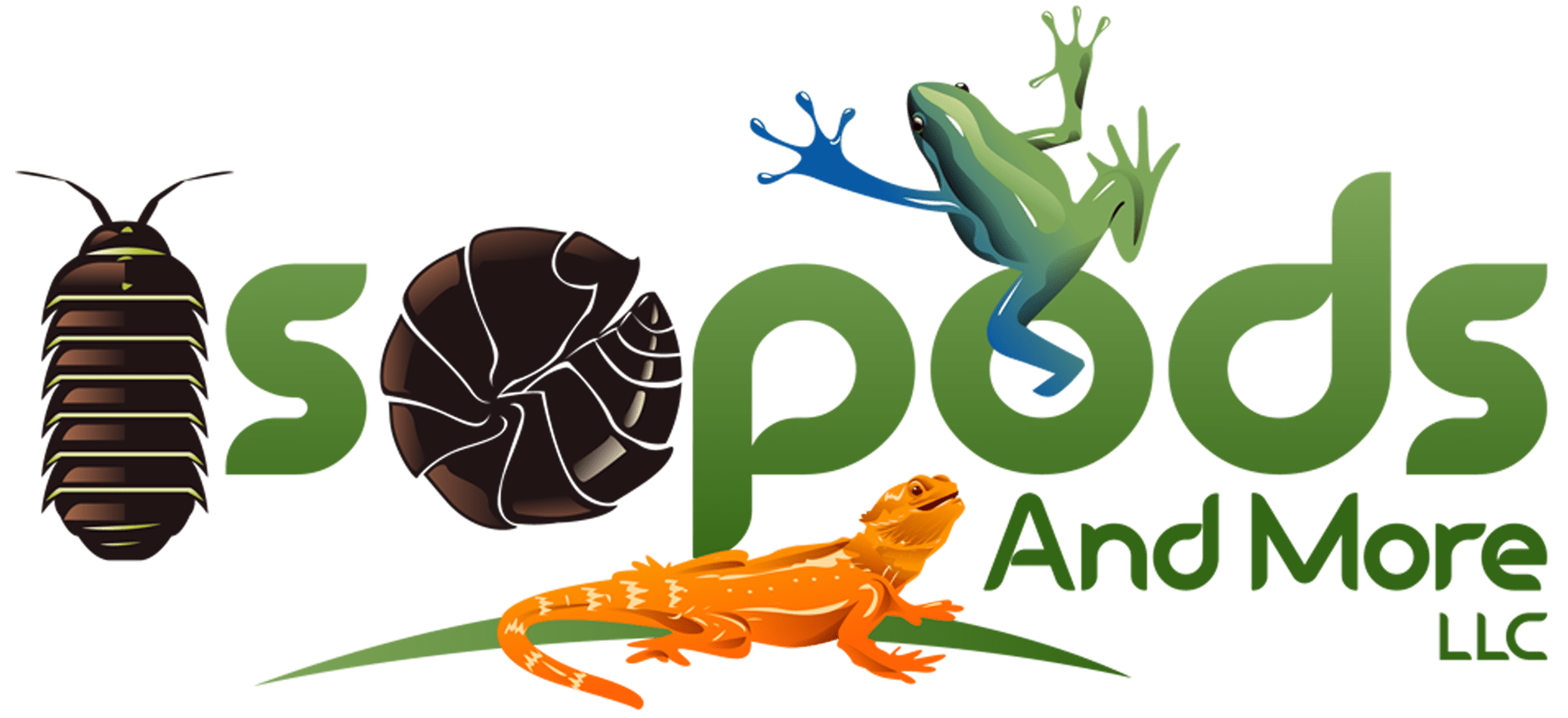Bioactive dart frog vivarium are becoming increasingly popular among amphibian hobbyists because they are low maintenance and provide many benefits for the animal. Poison Dart Frogs are a type of frog native to the tropical rainforests of Central and South America. These brightly colored amphibians are a popular choice for pet owners because of their vibrant colors and relatively small size. When setting up a bioactive terrarium for Poison Dart Frogs, it is essential to replicate their natural habitat as closely as possible. This will provide the frog with the best possible environment and allow it to thrive.
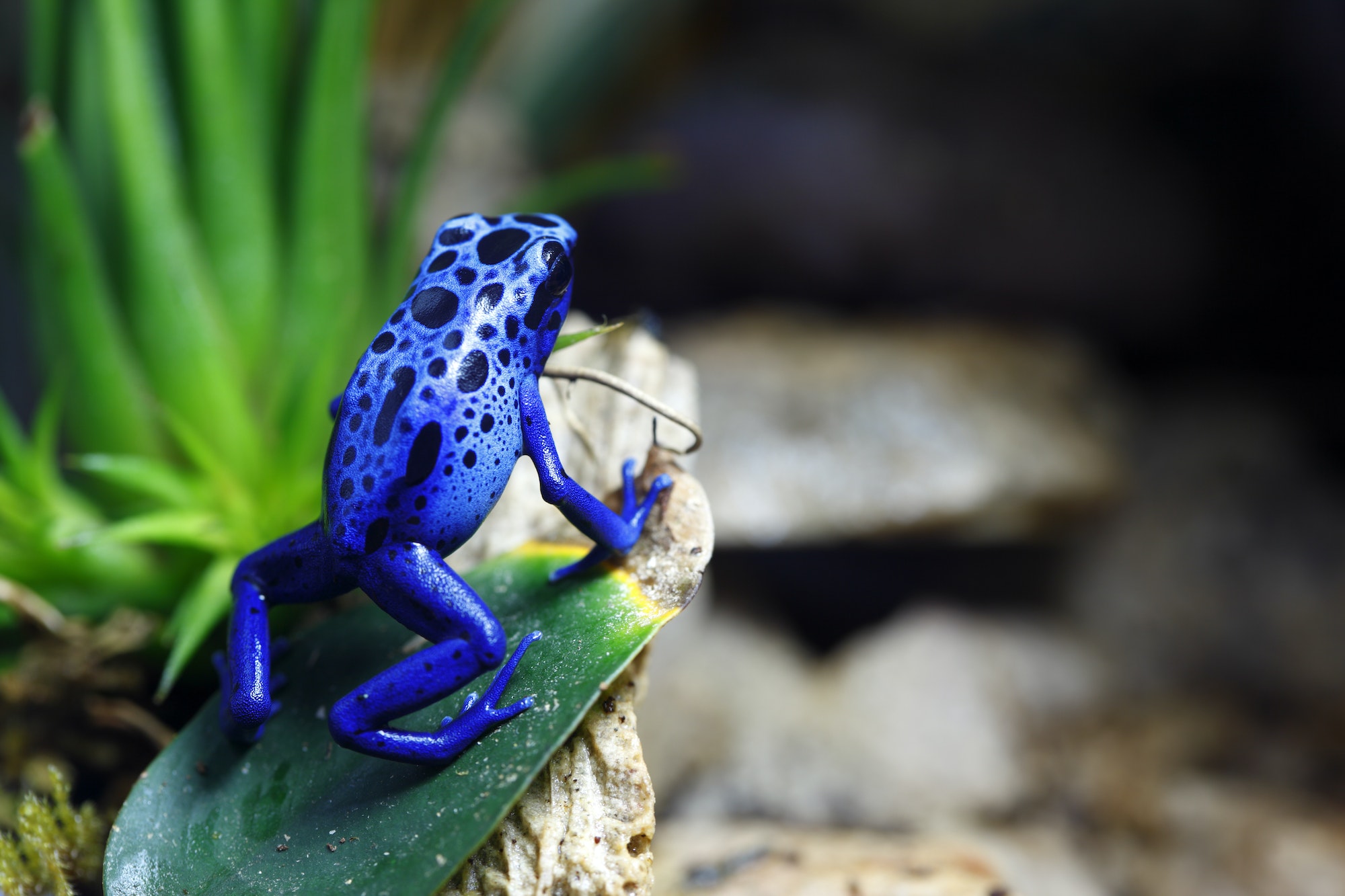
Some of the critical elements of a Poison Dart Frog bioactive terrarium include:
Live plants.
Plants are an essential part of any bioactive terrarium. They help to regulate humidity, produce oxygen, and provide food and shelter for microfauna. Various live plants can be used in a Poison Dart Frog terrarium, including bromeliads, ferns, and mosses.
Microfauna.
Microfauna is tiny creatures that play an essential role in the ecosystem of a bioactive terrarium. They help to break down waste, aerate the soil, and provide a food source for larger animals. Microfauna can be used in a Poison Dart Frog terrarium, including springtails and isopods.
Other elements.
In addition, to live plants and microfauna, a few other elements are necessary for a successful bioactive terrarium. These include a substrate, hiding places, and a water source. Various substrates can be used in a Poison Dart Frog terrarium, including coco coir, sphagnum moss, and soil. Hiding places can be created using rocks, logs, and plants. A water source is necessary to provide the frog with hydration and humidity. A small bowl or dish can be used for this purpose.
Benefits of a bioactive terrarium:
There are many benefits to setting up a bioactive terrarium for your reptile or amphibian. The following are some of the most notable benefits:
1. A bioactive terrarium creates a more naturalistic environment for your pet.
When you set up a bioactive terrarium, you replicate the animal’s natural habitat. This provides your pet with a more comfortable and stress-free environment.
2. A bioactive terrarium is low maintenance.
Once a bioactive terrarium is established, it requires very little maintenance. The live plants and microfauna will work together to create a balanced ecosystem.
3. A bioactive terrarium is better for the environment.
Because a bioactive terrarium contains live plants and microfauna, it is better for the environment than a traditional terrarium. The plants and animals in a bioactive terrarium will help to break down waste and aerate the soil.
4. A bioactive terrarium is educational.
A bioactive terrarium is a great way to learn about the natural world. By setting up a bioactive terrarium, you will be able to observe the interactions between the different plants and animals.
5. A bioactive terrarium provides many benefits for your pet.
A bioactive terrarium provides a more naturalistic environment for your pet. It is also low maintenance and better for the environment. In addition, a bioactive terrarium can provide your pet with a source of food and shelter.
Setting up a bioactive terrarium:
Here are a few things to remember when setting up a bioactive terrarium. The following are some tips to help you get started:
1. Choose the right size terrarium.
The size of the terrarium will depend on the type of reptile or amphibian you are housing. A giant terrarium is generally better, as it will provide more space for the animal to move around and explore.
2. Choose the correct type of substrate.
The substrate is one of the most important aspects of a bioactive terrarium. Choosing a substrate that will hold moisture and provide drainage is necessary. Various substrates can be used, including coco coir, sphagnum moss, and soil.
3. Choose the correct type of plant.
When choosing plants for your bioactive terrarium, it is essential to choose plants native to the animal’s natural habitat. This will ensure that the plant can thrive in the terrarium environment. In addition, it is essential to choose plants that are not poisonous to the animal.
4. Choose the correct type of microfauna.
Microfauna is an integral part of a bioactive terrarium. They help to break down waste, aerate the soil, and provide a food source for larger animals. Microfauna can be used in a Poison Dart Frog terrarium, including springtails and isopods. Don’t forget to include leaf litter for the isopods to feast upon.
5. Choose the correct type of water source.
It is crucial to choose a water source that is appropriate for the animal you are housing. A small bowl or dish can be used for this purpose. The water should be changed regularly to keep it clean and fresh.
Those are the basics of setting up a bioactive terrarium! By following these tips, you will be well on your way to creating a balanced and healthy environment for your reptile or amphibian.
Conclusion.
A bioactive dart frog vivarium is a great way to create a naturalistic and low-maintenance environment for your reptile or amphibian. In addition, a bioactive terrarium can provide many benefits for your pet, including a source of food and shelter. By following the tips in this article, you will be well on your way to setting up a successful bioactive terrarium.
